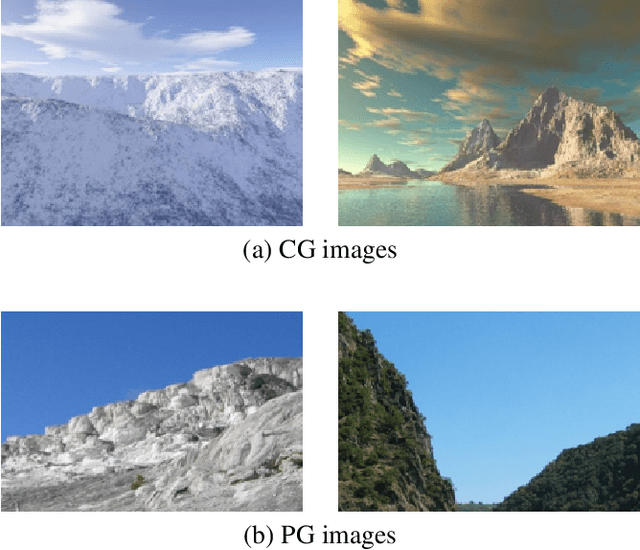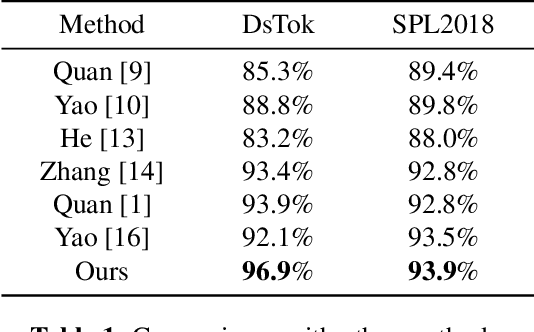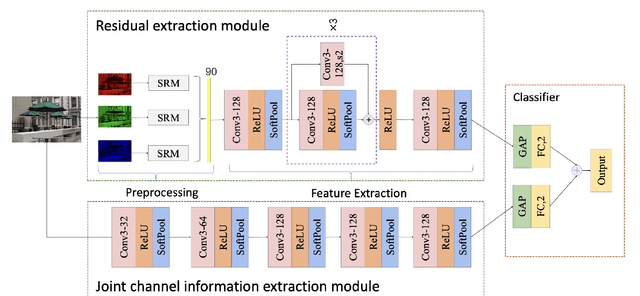Hao Lin
The Risks of Using Large Language Models for Text Annotation in Social Science Research
Mar 27, 2025Abstract:Generative artificial intelligence (GenAI) or large language models (LLMs) have the potential to revolutionize computational social science, particularly in automated textual analysis. In this paper, we conduct a systematic evaluation of the promises and risks of using LLMs for diverse coding tasks, with social movement studies serving as a case example. We propose a framework for social scientists to incorporate LLMs into text annotation, either as the primary coding decision-maker or as a coding assistant. This framework provides tools for researchers to develop the optimal prompt, and to examine and report the validity and reliability of LLMs as a methodological tool. Additionally, we discuss the associated epistemic risks related to validity, reliability, replicability, and transparency. We conclude with several practical guidelines for using LLMs in text annotation tasks, and how we can better communicate the epistemic risks in research.
Bridging Traffic State and Trajectory for Dynamic Road Network and Trajectory Representation Learning
Feb 08, 2025Abstract:Effective urban traffic management is vital for sustainable city development, relying on intelligent systems with machine learning tasks such as traffic flow prediction and travel time estimation. Traditional approaches usually focus on static road network and trajectory representation learning, and overlook the dynamic nature of traffic states and trajectories, which is crucial for downstream tasks. To address this gap, we propose TRACK, a novel framework to bridge traffic state and trajectory data for dynamic road network and trajectory representation learning. TRACK leverages graph attention networks (GAT) to encode static and spatial road segment features, and introduces a transformer-based model for trajectory representation learning. By incorporating transition probabilities from trajectory data into GAT attention weights, TRACK captures dynamic spatial features of road segments. Meanwhile, TRACK designs a traffic transformer encoder to capture the spatial-temporal dynamics of road segments from traffic state data. To further enhance dynamic representations, TRACK proposes a co-attentional transformer encoder and a trajectory-traffic state matching task. Extensive experiments on real-life urban traffic datasets demonstrate the superiority of TRACK over state-of-the-art baselines. Case studies confirm TRACK's ability to capture spatial-temporal dynamics effectively.
UMAIR-FPS: User-aware Multi-modal Animation Illustration Recommendation Fusion with Painting Style
Feb 16, 2024



Abstract:The rapid advancement of high-quality image generation models based on AI has generated a deluge of anime illustrations. Recommending illustrations to users within massive data has become a challenging and popular task. However, existing anime recommendation systems have focused on text features but still need to integrate image features. In addition, most multi-modal recommendation research is constrained by tightly coupled datasets, limiting its applicability to anime illustrations. We propose the User-aware Multi-modal Animation Illustration Recommendation Fusion with Painting Style (UMAIR-FPS) to tackle these gaps. In the feature extract phase, for image features, we are the first to combine image painting style features with semantic features to construct a dual-output image encoder for enhancing representation. For text features, we obtain text embeddings based on fine-tuning Sentence-Transformers by incorporating domain knowledge that composes a variety of domain text pairs from multilingual mappings, entity relationships, and term explanation perspectives, respectively. In the multi-modal fusion phase, we novelly propose a user-aware multi-modal contribution measurement mechanism to weight multi-modal features dynamically according to user features at the interaction level and employ the DCN-V2 module to model bounded-degree multi-modal crosses effectively. UMAIR-FPS surpasses the stat-of-the-art baselines on large real-world datasets, demonstrating substantial performance enhancements.
UniAP: Unifying Inter- and Intra-Layer Automatic Parallelism by Mixed Integer Quadratic Programming
Jul 31, 2023



Abstract:Deep learning models have demonstrated impressive performance in various domains. However, the prolonged training time of these models remains a critical problem. Manually designed parallel training strategies could enhance efficiency but require considerable time and deliver little flexibility. Hence, automatic parallelism is proposed to automate the parallel strategy searching process. Even so, existing approaches suffer from sub-optimal strategy space because they treat automatic parallelism as two independent stages, namely inter- and intra-layer parallelism. To address this issue, we propose UniAP, which utilizes mixed integer quadratic programming to unify inter- and intra-layer automatic parallelism. To the best of our knowledge, UniAP is the first work to unify these two categories to search for a globally optimal strategy. The experimental results show that UniAP outperforms state-of-the-art methods by up to 1.70$\times$ in throughput and reduces strategy searching time by up to 16$\times$ across four Transformer-like models.
Decoupling anomaly discrimination and representation learning: self-supervised learning for anomaly detection on attributed graph
Apr 11, 2023Abstract:Anomaly detection on attributed graphs is a crucial topic for its practical application. Existing methods suffer from semantic mixture and imbalance issue because they mainly focus on anomaly discrimination, ignoring representation learning. It conflicts with the assortativity assumption that anomalous nodes commonly connect with normal nodes directly. Additionally, there are far fewer anomalous nodes than normal nodes, indicating a long-tailed data distribution. To address these challenges, a unique algorithm,Decoupled Self-supervised Learning forAnomalyDetection (DSLAD), is proposed in this paper. DSLAD is a self-supervised method with anomaly discrimination and representation learning decoupled for anomaly detection. DSLAD employs bilinear pooling and masked autoencoder as the anomaly discriminators. By decoupling anomaly discrimination and representation learning, a balanced feature space is constructed, in which nodes are more semantically discriminative, as well as imbalance issue can be resolved. Experiments conducted on various six benchmark datasets reveal the effectiveness of DSLAD.
Dual Stream Computer-Generated Image Detection Network Based On Channel Joint And Softpool
Jul 07, 2022



Abstract:With the development of computer graphics technology, the images synthesized by computer software become more and more closer to the photographs. While computer graphics technology brings us a grand visual feast in the field of games and movies, it may also be utilized by someone with bad intentions to guide public opinions and cause political crisis or social unrest. Therefore, how to distinguish the computer-generated graphics (CG) from the photographs (PG) has become an important topic in the field of digital image forensics. This paper proposes a dual stream convolutional neural network based on channel joint and softpool. The proposed network architecture includes a residual module for extracting image noise information and a joint channel information extraction module for capturing the shallow semantic information of image. In addition, we also design a residual structure to enhance feature extraction and reduce the loss of information in residual flow. The joint channel information extraction module can obtain the shallow semantic information of the input image which can be used as the information supplement block of the residual module. The whole network uses SoftPool to reduce the information loss of down-sampling for image. Finally, we fuse the two flows to get the classification results. Experiments on SPL2018 and DsTok show that the proposed method outperforms existing methods, especially on the DsTok dataset. For example, the performance of our model surpasses the state-of-the-art by a large margin of 3%.
Improved Xception with Dual Attention Mechanism and Feature Fusion for Face Forgery Detection
Sep 29, 2021



Abstract:With the rapid development of deep learning technology, more and more face forgeries by deepfake are widely spread on social media, causing serious social concern. Face forgery detection has become a research hotspot in recent years, and many related methods have been proposed until now. For those images with low quality and/or diverse sources, however, the detection performances of existing methods are still far from satisfactory. In this paper, we propose an improved Xception with dual attention mechanism and feature fusion for face forgery detection. Different from the middle flow in original Xception model, we try to catch different high-semantic features of the face images using different levels of convolution, and introduce the convolutional block attention module and feature fusion to refine and reorganize those high-semantic features. In the exit flow, we employ the self-attention mechanism and depthwise separable convolution to learn the global information and local information of the fused features separately to improve the classification the ability of the proposed model. Experimental results evaluated on three Deepfake datasets demonstrate that the proposed method outperforms Xception as well as other related methods both in effectiveness and generalization ability.
 Add to Chrome
Add to Chrome Add to Firefox
Add to Firefox Add to Edge
Add to Edge